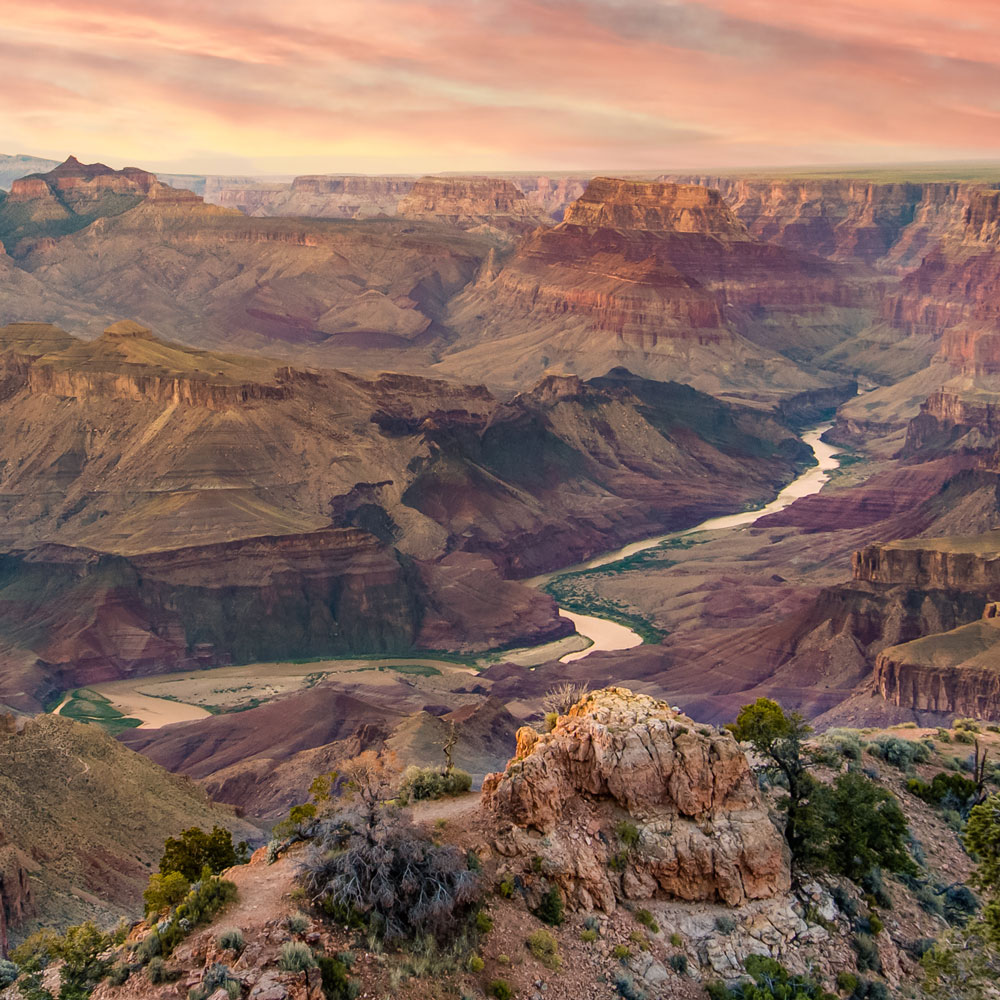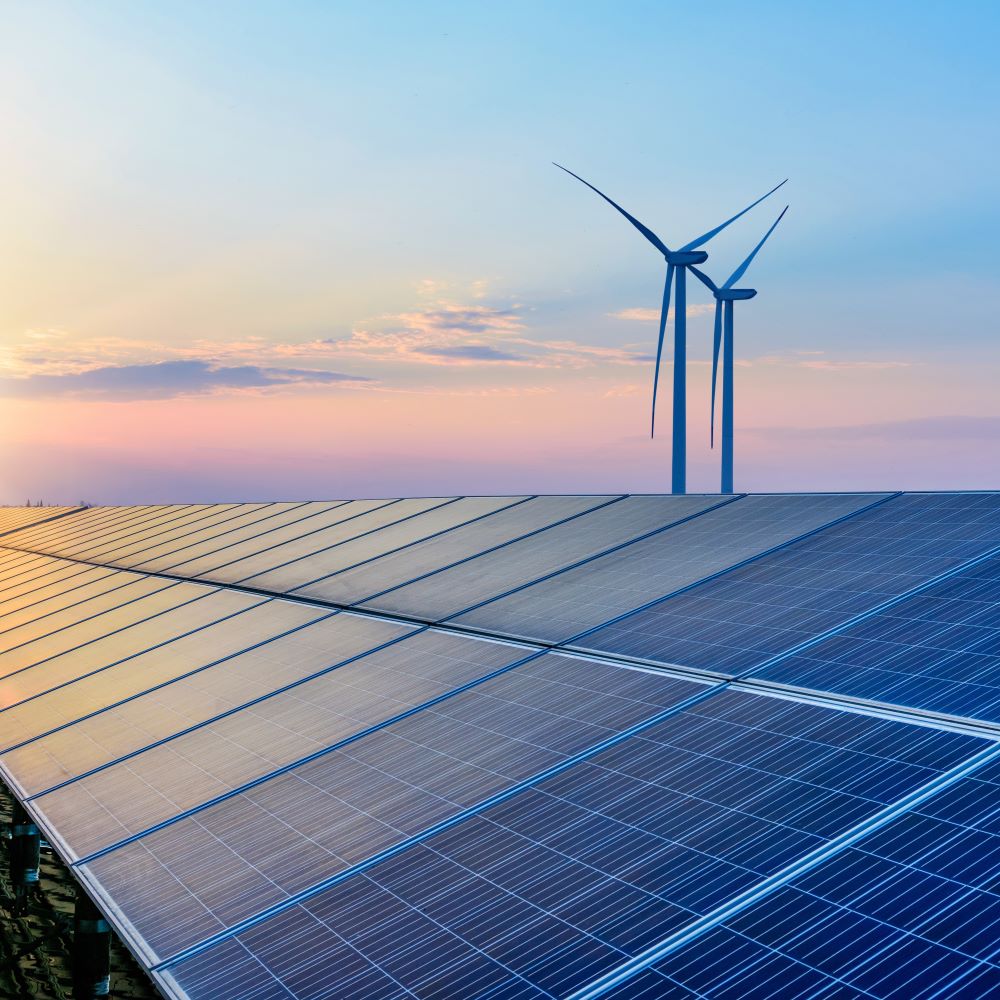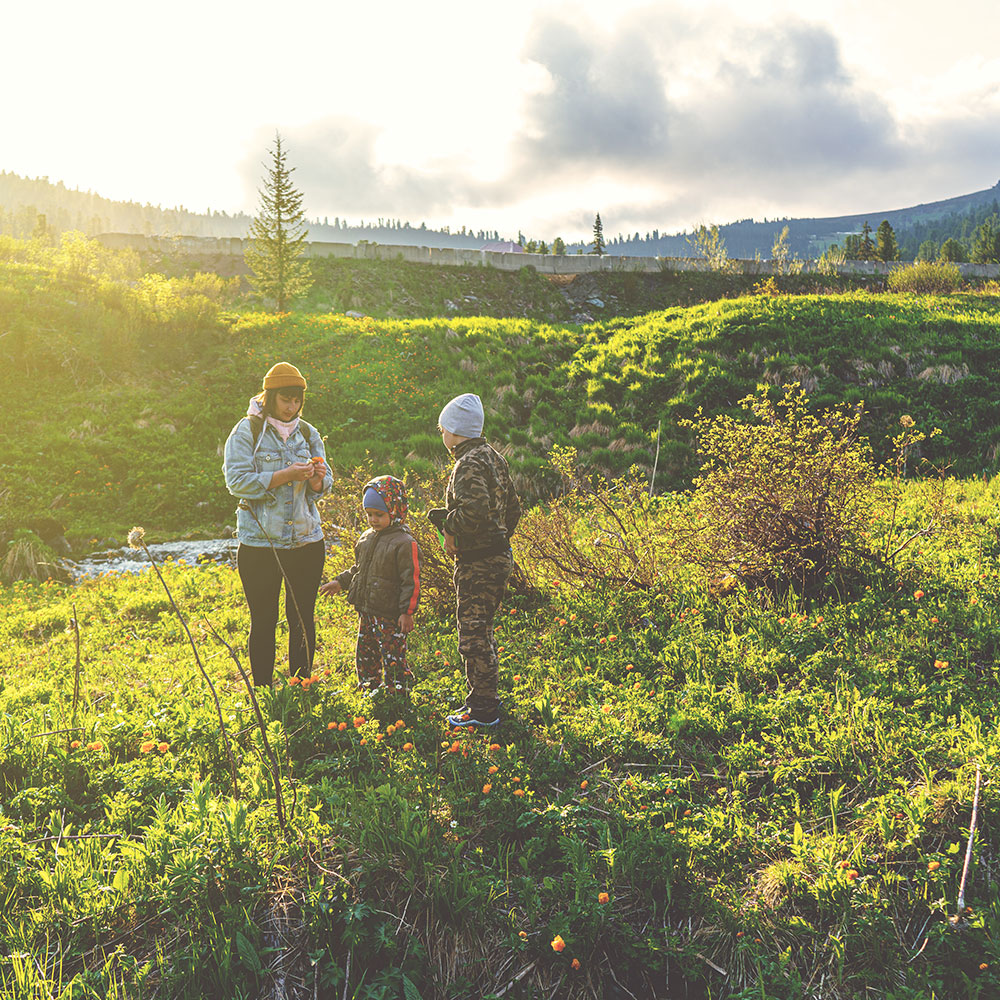The climate crisis is taking its toll on our natural environment, economy, and the health and well-being of our communities.
Who could imagine the West without the abundant wildlife, clear-flowing rivers and streams, and snow-capped peaks that make our region the best place in the world to live, play, and work? We have little time to prevent the worst impacts of climate change, but we know we can do it. WRA is leading the way by addressing the largest sources of carbon pollution in the West, protecting and connecting our diverse and breathtaking landscapes for all to access, and reducing water demand to protect Western rivers, improve ecosystems and support local communities.
Over the next three years, WRA will drive state action to significantly reduce carbon emissions and create sustainable protections for rivers and lands in the face of the climate crisis. You can count on us to diligently work as a climate leader that drives quantifiable emission reductions and significant policy outcomes because we know our collective future depends on it.

Our 2030 Goals:
Western states are using 25% less water, and the Colorado and other key rivers are protected.
The region has reduced annual greenhouse gas emissions by at least 120 million tons.
30% of Western lands in each major ecoregion are protected.

We Save Water and Protect Rivers
To ensure Western states use 25% less water and protect key rivers, WRA is working to ensure:
- The revised Interim Guidelines use climate science and inter-state governance to protect the Colorado River Basin.
- Cities in Arizona, Colorado, and Utah have avoided 70,000 acre-feet per year of new demands.
- Repurposed agricultural water keeps 300,000 acre-feet in the Colorado River annually compared to historical average usage.
- Water from retiring coal plants is committed to protecting stream health, creating a total savings of 50,000 acre-feet per year by 2030.
- At least 250 river miles with high ecosystem value on the Green, Yampa, Colorado, and Gunnison have new protections that secure flows.

WE ADVANCE CLEAN ENERGY AND REDUCE CLIMATE POLLUTION
To decarbonize electricity production and electrify other sectors of the economy to reduce greenhouse gas emissions, WRA is working to ensure:
- Each of the eight major utilities in our region are committed or required to reduce greenhouse gas emissions from energy production by 80% or more by 2030.
- Utilities have invested at least $700 million in transportation electrification, with specific and quantifiable investments in low-income and disproportionately impacted communities.
- New state policies are approved that will reduce cumulative greenhouse gas vehicle emissions 7 million tons by 2030 and 170 million tons by 2050.
- Each of the eight major utilities in our region has a program to electrify end uses that are currently served by natural gas.
- Regional electricity markets are more organized and have expanded across the West, reducing the costs of integrating renewable energy onto the grid and driving down greenhouse gas emissions.

WE PROTECT LANDS, IMPROVE HABITAT AND ACCESS
To protect 30% of Western lands in each major ecoregion, WRA is working to ensure:
- Colorado, Nevada, and New Mexico have official state goals and adopted conservation plans to protect 30% of land by 2030, and the public policy to sustain its protection without federal action.
- Colorado, Nevada, and New Mexico have the necessary conservation financing to protect 30% of land by 2023.
- Public land policies, supporting inclusive participation in land management decisions and equitable, sustainable recreation access, are being piloted, implemented, and sustained.
- Policy is being developed and implemented to ensure that permitted commercial uses for energy, grazing, and timber harvesting on protected lands are sustainable.
- Communities in Arizona, Montana, Utah, and Wyoming have the political will and advocacy tools needed to advance protections for 30% of land by 2030.

